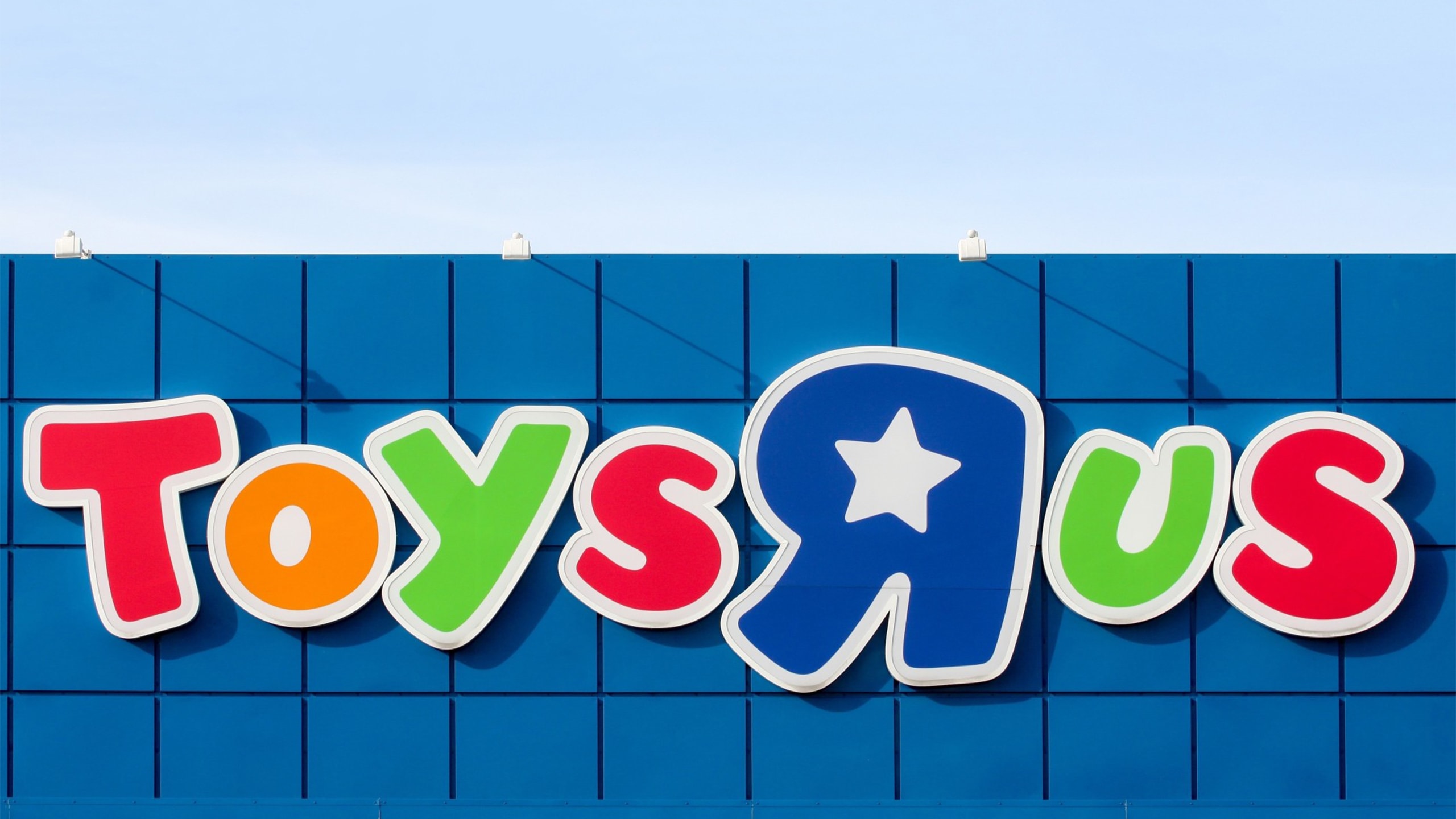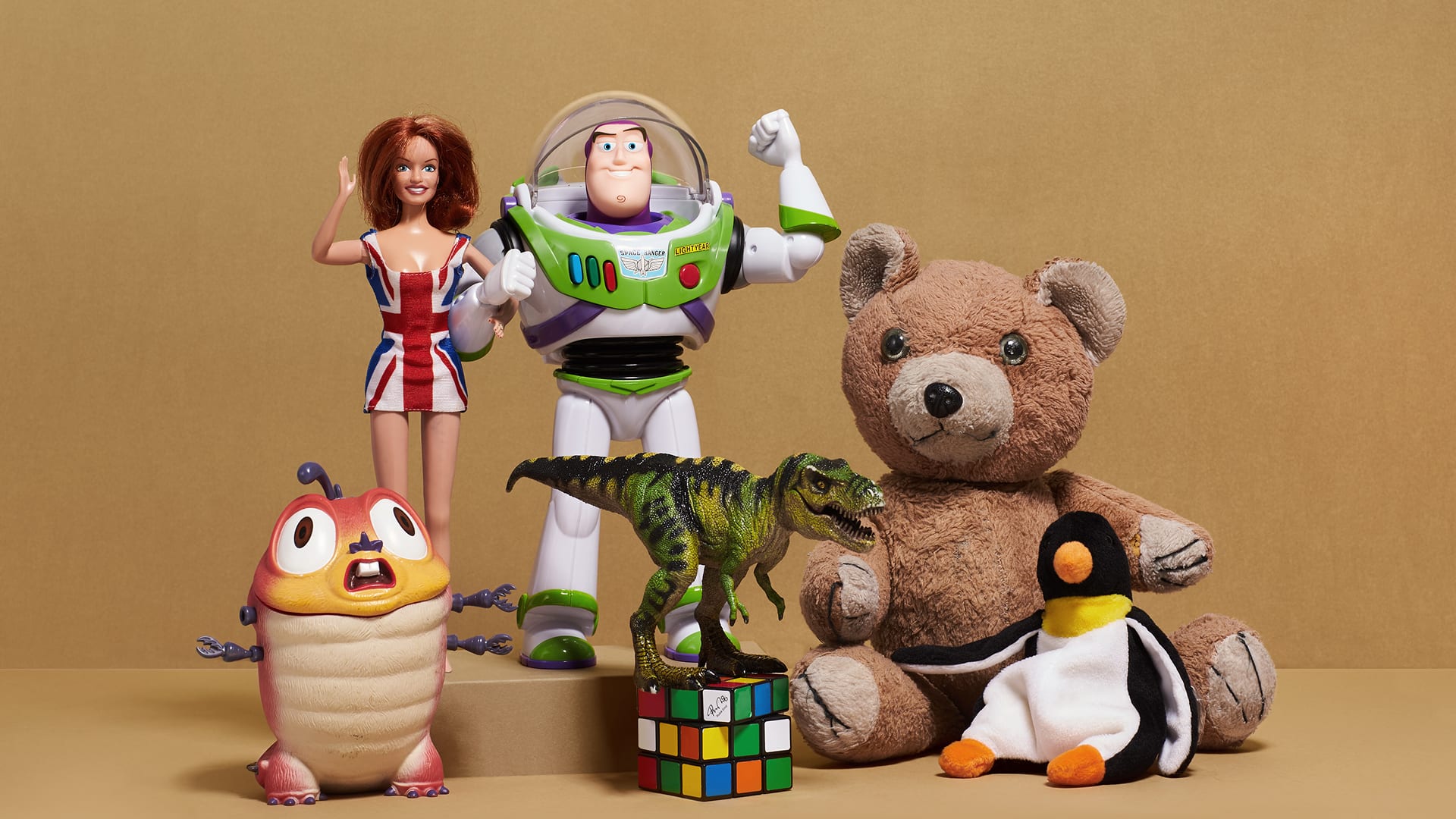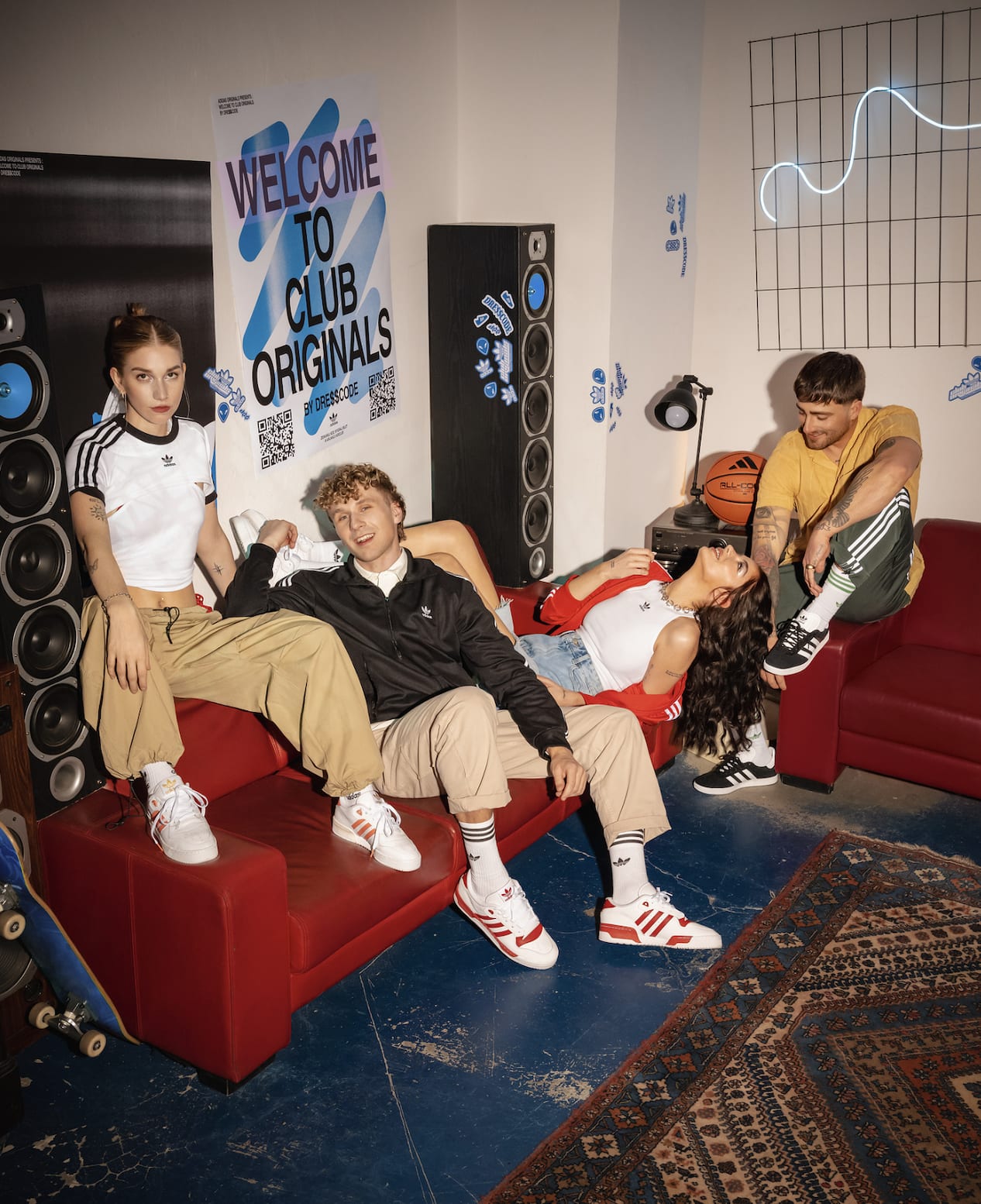Insights
Customers throw their toys out of the pram
Charlotte Dawson
10/09/17

Toys R Us have finally buckled under private equity ownership. It’s a big debt. It’s bankruptcy under a Chapter 11 regulatory filing. And you could see it coming for a decade…
Talking to a friend of mine in 2004 about the sale of Early Learning Centre for the second time in three years, he remarked that this ‘can’t go on forever’. Customers had begun moving their purchasing to online, stores were no longer evolving quickly or imaginatively enough and margins were being squeezed beyond recognition. Superstore discounters had begun their takeover and the very essence of brands like the Early Learning Centre was becoming lost in the rapidly changing market.
My friend was wrong in the short term, Early Learning Centre was sold again for over £80 million to Mothercare. It was all too much then, especially with the looming financial crash of 2007 and the launch of what industry experts were calling the biggest toy for decades, Steve Jobs’ iPhone.
Meanwhile, brand stores kept on pushing retail boundaries, becoming more fun and creating play destinations for their consumers. Mattel introduced Barbie, online shopping grew exponentially and Amazon took over the market. Amongst this growth were the basic pillars of best price, great products, fun places, wicked promotion and awesome customer service.
Toys R Us however had failed to convey this mantra, as had HMV, Game, Blockbuster and Woolworths, all casualties of competitive product innovation and e-commerce. As personalisation quickly becomes the 8th element to the marketing mix, it is unsurprising that product duplicating retailers are struggling and ultimately turning consideration of bankruptcy protection into a self-fulfilling prophecy.
It seems that Toys R Us have failed to stop customers from defecting, admitting a large defeat in 2015 by closing their destination New York flagship store, just like the six-storey £20 million Barbie store in Shanghai a few years before.
Yet even in this uncertain market some toy brands are on the rise…Lego and Disney have both smashed their promotional activity with films and subsequent merchandise bringing their brand assets to life. Brands like Best Buy are also great at getting it right. Price, yes. Availability, yes. And their staff or ‘Geek Squad’ are awesome. These brands all have one thing in common, they sell based on what makes them different and they have an ultimate understanding of what consumers want.
The saturated toy market will always hold a purpose, the USA toy fair still presents over 150,000 different toys but with the increasing pressures of 21stcentury retailing, brands need to prove to consumers how and why they should love them again.
As Amazon have improved significantly, smashing price, availability and convenience they have squashed resellers of branded product, like Toys R Us and the Early Learning Centre. Despite the years of warning signs Toys R Us failed to make their stores better or more exciting for kids and they grew and grew without a hint of personality or product personalisation.
So what does the future hold for Toys R Us? After years of rearranging it’s debt burden, it is presenting a restructuring under bankruptcy protection as a bid for freedom. Toys R Us says it now has a chance to bring its ‘vision to fruition’ but first they must throw their toys out of the pram. They should get emotional, get involved with their customers and their competitors and make the seamless shopping experience a delightful one. Kids and parents should love a trip to the shops again and not just for the toys but for Toys R Us and all it means.


